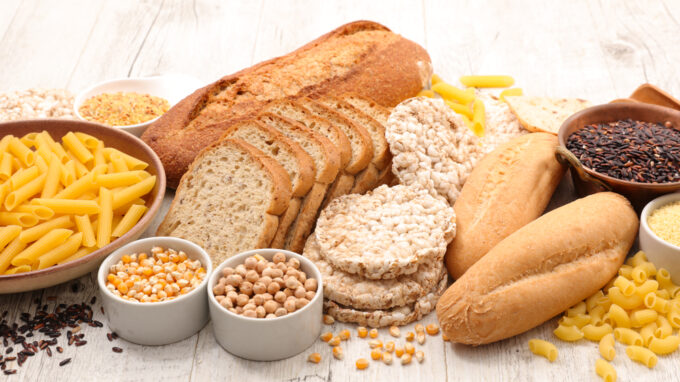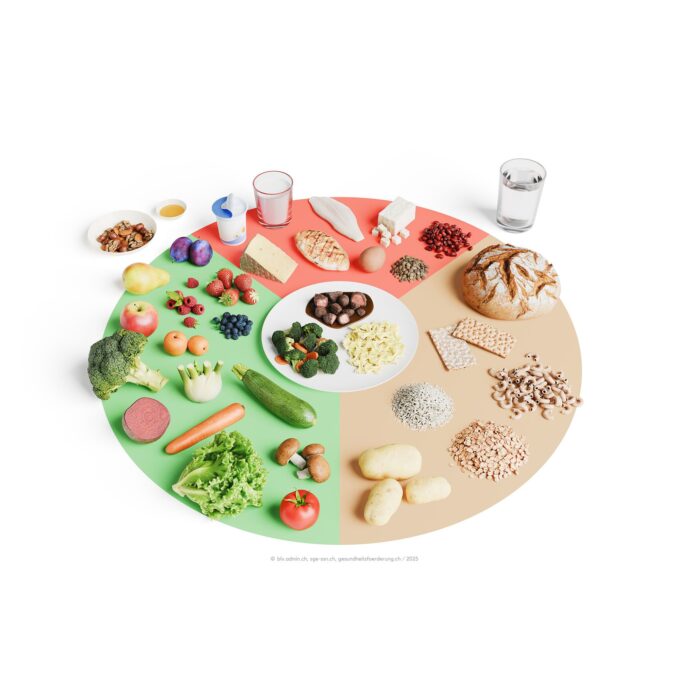Seven myths about gluten in a fact check
Eating a gluten-free diet has become more and more of a fad in recent years. The advantage for people with celiac disease is that the general public is finally becoming aware of gluten. The disadvantage: Also various false truths make suddenly the round. Nutrition expert Nadia Ramseier clarifies the situation.

- Celiac disease is the result of improper diet. "This is wrong. In the development of celiac disease, i.e. intolerance of the small intestine to gluten, the genetic predisposition plays an important role. The disease is therefore inherited. Environmental factors have a further influence; but the exact mechanism of development has not yet been clarified."
- Even traces of gluten are harmful for celiac disease sufferers. "Yes, that is unfortunately correct. People with celiac disease must eat a strictly gluten-free diet. This is because gluten damages the intestinal mucosa. The villi of the small intestine are broken down, so that the surface of the intestine is reduced. Nutrients can no longer be fully absorbed. Even the smallest amounts of gluten are enough for this, such as those almost invisible crumbs left on the countertop when cutting bread."
- Celiac disease can also disappear with age. "That's wrong. Celiac disease lasts a lifetime."
- A typical symptom in children is growth retardation. "Right. Children with celiac disease often stand out because they don't grow appropriately for their age, don't gain enough weight or suffer from mild anemia due to iron deficiency."
- Spelt is a good alternative to wheat. "No, unfortunately, this is a misconception. Spelt and wheat come from the same genus and are closely related. Therefore, spelt also contains the gluten protein and should be avoided by celiac disease sufferers."
- If gluten is not listed in the ingredients, people with celiac disease can eat the product without hesitation. No. Gluten can be present in a product in traces, even if it is not explicitly listed in the ingredients list. Contamination can occur during production, for example, if products containing gluten are also produced in the same factory. People with celiac disease should therefore pay attention not only to the list of ingredients, but also to the trace information. This is usually located directly below the list of ingredients. If no traces - i.e. unintentional mixtures - are declared, people with celiac disease can eat the product. Products with the "gluten-free" certification provide safety; the Allergy Seal of Approval also offers guidance."
- A gluten-free diet is healthier. "No, the gluten-free diet is not automatically healthier. Gluten-free products usually contain more fat, less dietary fiber and fewer B vitamins than conventional ones. But what is certainly an advantage for health is that people who give up gluten also have to eat more consciously. Consequently, their diet can be more varied in comparison - with naturally gluten-free alternatives such as quinoa, lentils or amaranth."
Source: Allergy Center Switzerland
(Visited 314 times, 1 visits today)









